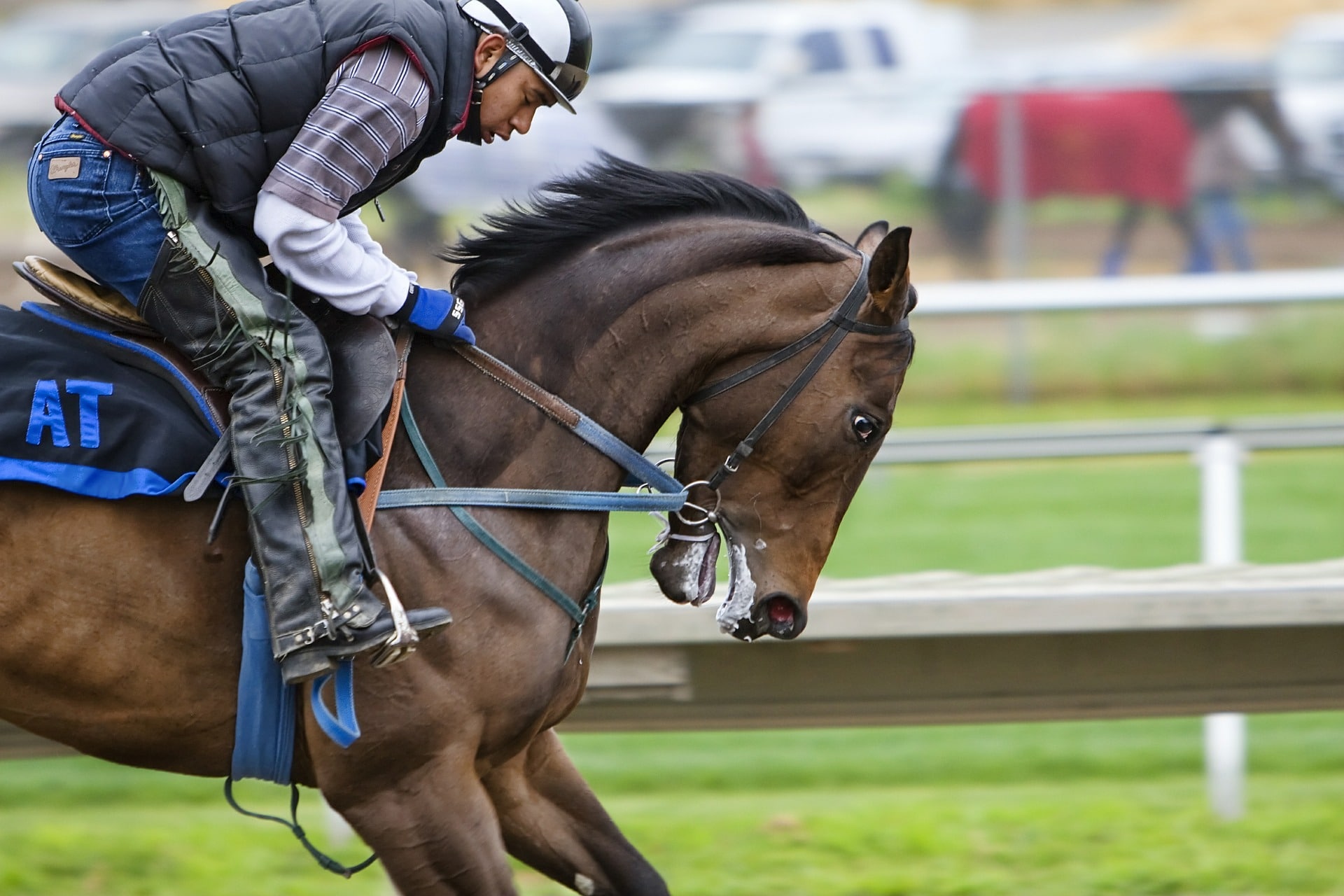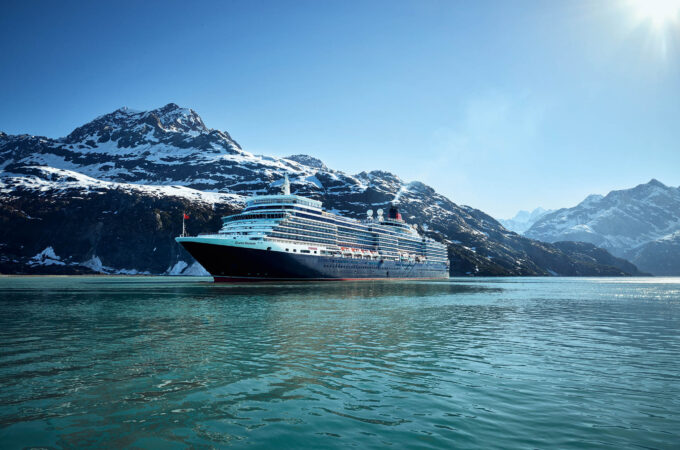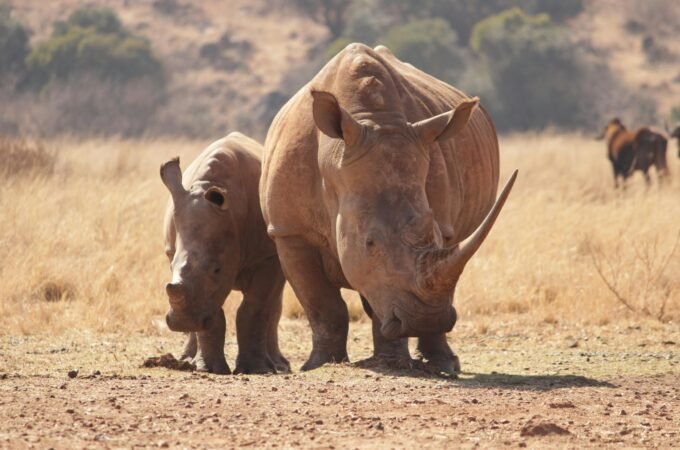
A complete guide to ship competition horses overseas to the Pegasus World Cup
Once you are done with the training, riding, and grooming of your horse for a cup tournament and plan the packing and going to the horse show, you realize how daunting a task it can be! The actual shipping of a competition horse has the look and feel of an even bigger work than the training and care.
Now can you imagine what it must be to ship a horse overseas? Many international riders participating in the Pegasus World Cup has to go through the tricky task of transporting a race-horse through the air! And not just lug along the associated gear but also navigate through various U.S. government legislation and laws related to horse import.
With TVG you won’t miss a second of the global horse racing action.
Competing internationally can be tough for the horse and the rider team, but with careful planning, you can a lot of the hassle can be saved. Want to know more about what it takes to get your horse to the Pegasus Cup if you are an international rider? Read on!
Invest in a broker

Even a pro needs them! A broker is generally well versed for smoothening of a complicated endeavor. Ease of a venture is always welcome. A broker will ensure the securing of the health certificate, pre-test arrangements, and ground arrangements for transportation, flight transportation, custom, and border protection deals, USDA and loading of the horse into carriages. It is a common practice to employ a broker for hassle-free travel.
Health

The USDA takes every safety measure required when dealing with imported horses. There is no need for pre-export isolation, but upon arrival into the U.S. they apply quarantine measures. The strictly monitored diseases include Equine infection anemia, positive tests for Babesia caballi and Glanders and Dourine. In case a horse tests positive for any of them, all the horses shipped alongside are quarantined till the suspected animal tests negative. However, there is no need for any vaccination for transporting to the U.S.
Upon arrival
The horses are usually under the supervision of an APHIS personnel at all times. A thorough examination and disinfection protocol are carried out by an accredited USDA vet at the import center. Checking for ricks and spraying of disinfectant is done along with temperature checks and blood sampling at the NVSL. Quarantine period is a minimum of 48 hours, so you need to plan your travel accordingly. A minimum of three normal temperature readings is required to be released from quarantine. On release, it is advisable to monitor the horse by 24-hour security when in the stall. Risk mitigation is the name of the game.
The return
The process of returning home is easier and plays out smooth if you ensure a complete avoidance of any contact with an American horse during your stay.
Additionally get a pre-test done before the flight and keep the certificate close by. Travel with adequate amounts of hay, grain, water, and medicines. Leave the hay when you disembark. Ensure safety of yourself, your horse and the country you are visiting.




